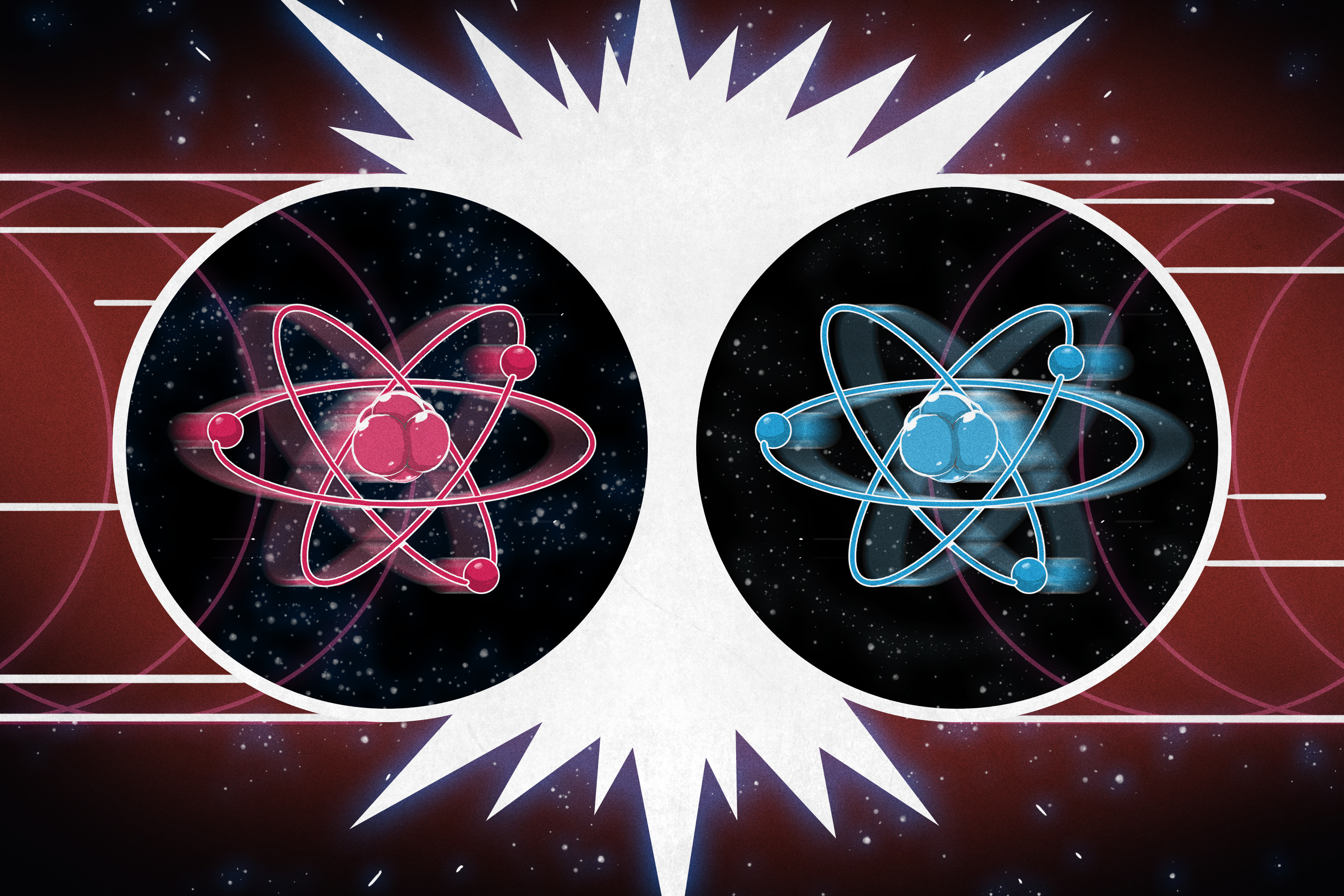Walnut's #WeAreProspects campaign fixes the B2B sales process
Disruptive product demo startup Walnut designed its trendy sales experience platform to help SaaS salespeople seamlessly connect with their prospects. It uses custom, no-code interactive demos that are fully optimized to maximize the B2B sales process.
Walnut's goal is to perfect the B2B shopping experience. This prompted its founders to minimize and simplify the sales process rather than adding another layer of complexity to it. The goal from day one has been to revolutionize the B2B sales process and rebuild every shopping experience from the ground up.
That's why the startup hasn't stopped equipping salespeople with its revolutionary SaaS solutions. Walnut has also worked to give recipients of B2B sales transactions a very real voice through its viral #WeAreProspects campaign.
The struggle to sell…and the biggest battle to buy (especially in B2B sales)Selling is a complex and increasingly difficult process. The internet has brought the world closer together, which has naturally increased competition. Target audiences are also easily accessible. But it can lead to a case of analysis paralysis when sales departments try to spread their budgets across a variety of sales channels and opportunities.
Although selling remains a complicated challenge, buying does not get any easier either. In fact, the buying process has become more complicated than ever. Even for B2C interactions – which have thrived in the 21st century online marketplace – the buying process remains intensive and, at times, even overwhelming. Consumers must navigate through an endless myriad of advertisements thrown their way. They have to choose between countless options and different communication channels to engage and make a purchase.
And yet, the B2C selling experience is, in many ways, better than it has ever been. Consumers have the opportunity to learn about products. They can both search for (and provide their own) real reviews. Consumers can ask questions and search for answers. They can conduct research that helps them connect their own pain points and concerns to solutions that work best for them.
Traditional barriers to the B2B sales processIn contrast, B2B sales are arguably more difficult, especially in the complex world of SaaS platforms and software. For the B2B sales process, there are many obstacles that stand in the way of an effective sales experience.
For example, sales leads often have to go through a myriad of different steps before even approaching a product. This is problematic because, according to Forrester, three out of four B2B buyers would rather inquire than speak with sales professionals to learn more about products and services. In other words, they need access to assess their needs and how a particular product might meet them. When a product remains elusive throughout the early stages of a sales funnel, it can harm the sales experience and sometimes even kill it prematurely.
In addition, many organizations also focus on the salesperson rather than the prospect. They use seller-centric sales strategies that focus on the performance of a salesperson or sales team rather than focusing on the prospects themselves.
Data silos and fragmentationData silos also limit the ability of many companies to leverage their strengths in the B2B sales department. This means that marketing teams and sales people don't always have the most relevant and detailed information available when interacting with a prospect.
All of this leads to a stagnant, even frustrating B2B sales experience, and the proof is in the pudding. A recent report published by Gartner states that nearly 80% of respondents used the phrase “very complex or difficult” to describe their most recent purchase. It doesn't help that the average SaaS B2B sales cycle is 84 days. This is equivalent to spending an entire quarter making a purchase.
The B2B sales experience is clearly broken, and it's high time for innovators to do something about it. The B2B sales process must make a shift that brings it closer to the B2C model...

Disruptive product demo startup Walnut designed its trendy sales experience platform to help SaaS salespeople seamlessly connect with their prospects. It uses custom, no-code interactive demos that are fully optimized to maximize the B2B sales process.
Walnut's goal is to perfect the B2B shopping experience. This prompted its founders to minimize and simplify the sales process rather than adding another layer of complexity to it. The goal from day one has been to revolutionize the B2B sales process and rebuild every shopping experience from the ground up.
That's why the startup hasn't stopped equipping salespeople with its revolutionary SaaS solutions. Walnut has also worked to give recipients of B2B sales transactions a very real voice through its viral #WeAreProspects campaign.
The struggle to sell…and the biggest battle to buy (especially in B2B sales)Selling is a complex and increasingly difficult process. The internet has brought the world closer together, which has naturally increased competition. Target audiences are also easily accessible. But it can lead to a case of analysis paralysis when sales departments try to spread their budgets across a variety of sales channels and opportunities.
Although selling remains a complicated challenge, buying does not get any easier either. In fact, the buying process has become more complicated than ever. Even for B2C interactions – which have thrived in the 21st century online marketplace – the buying process remains intensive and, at times, even overwhelming. Consumers must navigate through an endless myriad of advertisements thrown their way. They have to choose between countless options and different communication channels to engage and make a purchase.
And yet, the B2C selling experience is, in many ways, better than it has ever been. Consumers have the opportunity to learn about products. They can both search for (and provide their own) real reviews. Consumers can ask questions and search for answers. They can conduct research that helps them connect their own pain points and concerns to solutions that work best for them.
Traditional barriers to the B2B sales processIn contrast, B2B sales are arguably more difficult, especially in the complex world of SaaS platforms and software. For the B2B sales process, there are many obstacles that stand in the way of an effective sales experience.
For example, sales leads often have to go through a myriad of different steps before even approaching a product. This is problematic because, according to Forrester, three out of four B2B buyers would rather inquire than speak with sales professionals to learn more about products and services. In other words, they need access to assess their needs and how a particular product might meet them. When a product remains elusive throughout the early stages of a sales funnel, it can harm the sales experience and sometimes even kill it prematurely.
In addition, many organizations also focus on the salesperson rather than the prospect. They use seller-centric sales strategies that focus on the performance of a salesperson or sales team rather than focusing on the prospects themselves.
Data silos and fragmentationData silos also limit the ability of many companies to leverage their strengths in the B2B sales department. This means that marketing teams and sales people don't always have the most relevant and detailed information available when interacting with a prospect.
All of this leads to a stagnant, even frustrating B2B sales experience, and the proof is in the pudding. A recent report published by Gartner states that nearly 80% of respondents used the phrase “very complex or difficult” to describe their most recent purchase. It doesn't help that the average SaaS B2B sales cycle is 84 days. This is equivalent to spending an entire quarter making a purchase.
The B2B sales experience is clearly broken, and it's high time for innovators to do something about it. The B2B sales process must make a shift that brings it closer to the B2C model...
What's Your Reaction?















![Three of ID's top PR executives quit ad firm Powerhouse [EXCLUSIVE]](https://variety.com/wp-content/uploads/2023/02/ID-PR-Logo.jpg?#)







